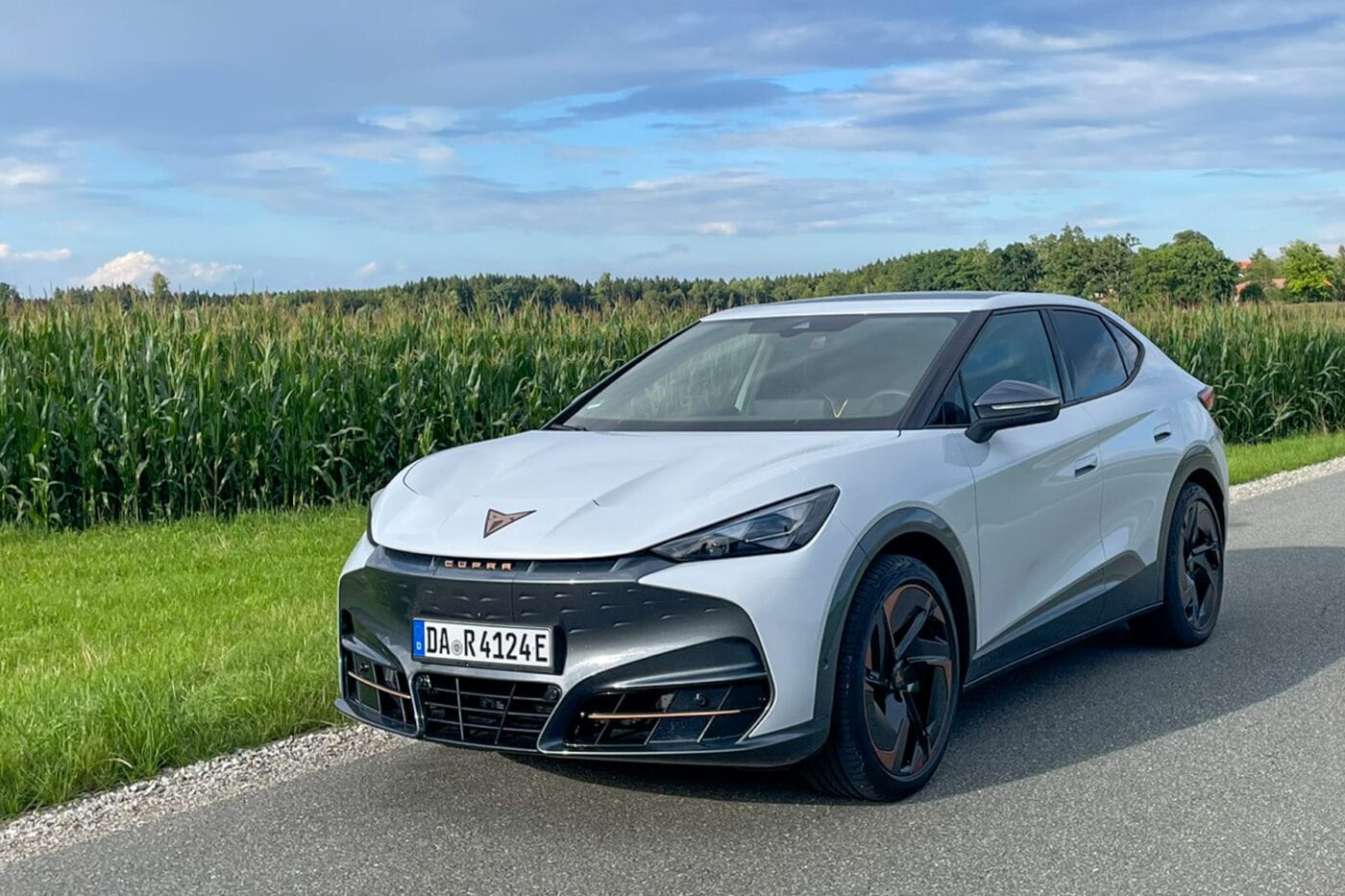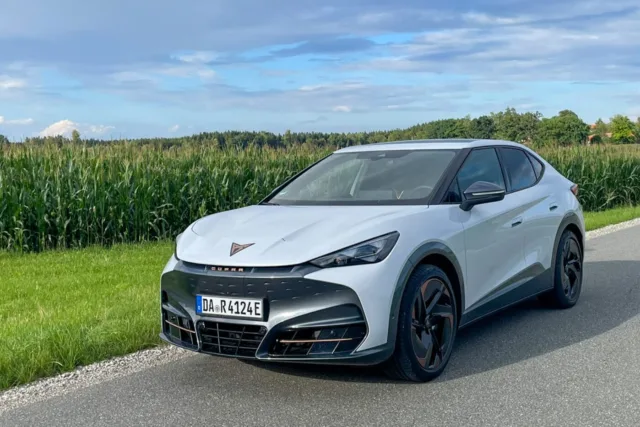As a result of an anti-subsidy investigation into Chinese EV makers, the EU imposed additional tariffs last year, on top of the standard 10 per cent duty applied to all cars imported from China. Since then, the two most active Chinese brands in Europe, BYD and MG, have exploited a loophole to boost sales.
According to Dataforce figures, both manufacturers have increasingly turned to hybrids since the announcement of the extra tariffs, which stand at 17.0 per cent for BYD and 35.3 per cent for MG, in addition to the standard 10 per cent.
BYD registered around 20,000 plug-in hybrids in the EU in the first half of 2025 – a rise of 17,000 per cent. The company only began registering plug-in hybrids in the EU in the second quarter of 2024, starting with the Seal U DM-i, its sole PHEV to date. Previously, BYD’s European line-up was fully electric. More PHEVs are on the way: according to Handelsblatt, the BYD Seal 6 estate will soon follow. At the same time, BYD is pushing ahead with plans to localise EV production in Europe. To that end, it is already building plants in Hungary and Turkey, which would exempt the company from both standard and special tariffs.
MG has also increased hybrid registrations in the EU during the first half of 2025, while BEV registrations dropped by 60 per cent. Demand rose for the plug-in hybrid MG HS and the full hybrids MG ZS and MG 3. The shift away from EVs is even more pronounced at MG than at BYD, partly due to its broader non-EV portfolio and partly because MG’s parent SAIC faces the highest surcharge – 35.3 per cent on top of the regular duty.
Price war looming for plug-in hybrids
Experts are warning of aggressive pricing. The MG HS plug-in hybrid SUV starts at just €28,000, compared to around €40,000 for the equivalent VW Tiguan PHEV. “These are fight prices,” warned Beatrix Keim, director of the Center Automotive Research in Duisburg, in Handelsblatt. She sees Europe “at the start of a plug-in price war.” According to her, Chinese brands are pursuing a dual strategy: “They cut prices to raise brand awareness and gain market share, and later they can shift customers to EVs if needed.”

It is not only Chinese manufacturers that are affected by the EU’s special tariffs on EVs. European brands are also hit if their vehicles are made in China. The Cupra Tavascan, for example, is subject to a 20.7 per cent surcharge – a total duty of 30.7 per cent. BMW is likewise affected, as the all-electric Mini Aceman y Cooper SE are built in China at Spotlight Automotive, a joint venture with Great Wall Motors. Both Minis are also subject to 30.7 per cent tariffs.
Weak results and lawsuits against the EU
Seat/Cupra has cited the tariffs as a key reason for its weak half-year results. BMW, along with other manufacturers, has already filed a lawsuit against the EU, claiming serious procedural and assessment errors in how the duties were determined.
Other brands hit by the EU tariffs include premium EV makers Nio, Polestar and Xpeng, as well as Smart, now operated under a Geely–Mercedes joint venture. These companies, however, only offer fully electric models and cannot benefit from the plug-in loophole.
handelsblatt.com, automobilwoche.de (ambos en alemán)
Este artículo fue publicado por primera vez por Florian Treiß para la edición alemana de electrive.









